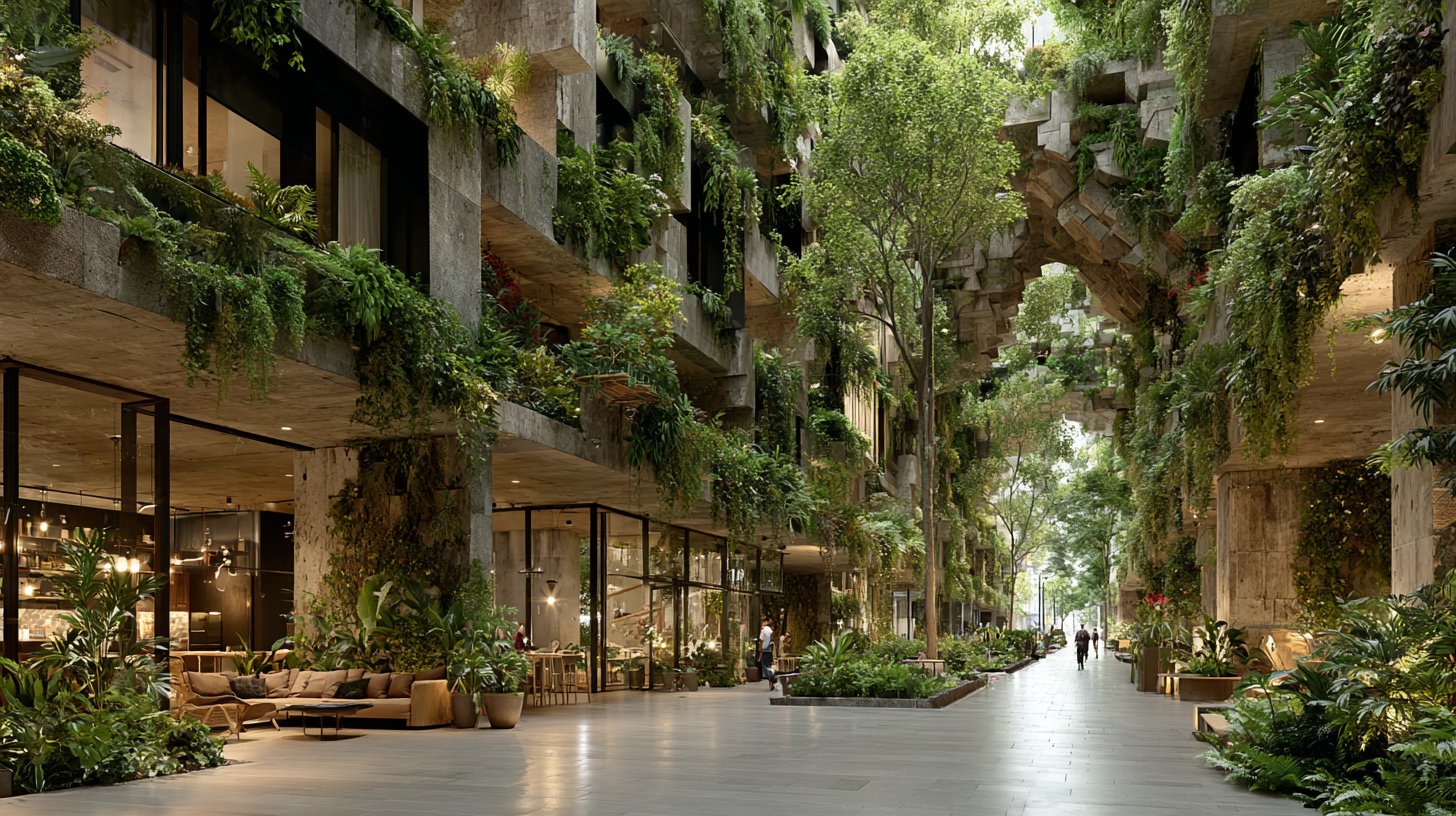How nature is conquering urban life

Urban spaces, biodiversity, new ecosystems. In recent years, we have observed a surprising trend in many cities: nature is returning to our urban environments. This is happening not only through conscious urban planning measures but also through fascinating, unintentional urban wild growth. Let's explore together how nature unfolds in cities and what benefits this brings.
The return of nature to urban spaces is a process that has not only aesthetic but also profound ecological impacts. Green roofs, walking paths in former industrial areas, and blossoming parks are visible signs of this change. Especially in large cities, where concrete and asphalt dominate, this can seem like a small miracle. These new green retreats not only offer a better quality of life for residents but are also important for biodiversity. Urban wild growth attracts various types of animals and plants that had previously disappeared from these areas. This natural increase in biodiversity in the city is an important sign that urban spaces also have the ability to develop and sustain an ecosystem. But how does this happen exactly?
The magic of urbanization
Urbanization often has the reputation of pushing nature aside. But what if the city itself becomes a place where nature can thrive? Through creative thinking and innovative concepts, more and more green infrastructures are emerging. For example, community gardens and urban agricultural projects are transforming unused spaces into blooming oases. These initiatives not only promote plant growth but also strengthen social connections. Neighbors come together to garden, harvest, and share their experiences. Such projects remind us that we all have a responsibility toward our environment and that every little contribution counts. The city thus becomes an exciting place where natural processes become visible and people can actively engage.

Creative solutions for green cities
The concept of 'urban wild growth' encompasses much more than just the growth of plants. It also includes creating habitats for animals and regenerating air quality. Innovative urban planners and architects are integrating natural elements into their designs. In many cities, there are now projects that utilize rainwater to irrigate green spaces or purify the air. Even the small urban wildflowers create habitats for bees and other pollinators. This symbiosis of urban life and nature shows us how important a harmonious interplay is for the well-being of humans and animals. The key to this development lies in rethinking our cities and connecting with nature.

From dream image to reality
The challenge is to anchor these concepts in everyday life. Often, there is a lack of resources or awareness to initiate such initiatives. Nevertheless, there are increasingly more movements advocating for green cities and encouraging citizens to take action. Whether through education, the promotion of sustainable projects, or simply by starting a small garden of one's own: every step counts. The return of nature to our cities could become one of the most important themes of the 21st century. If we rethink urbanization and create space for nature, we can build more livable and functional ecosystems.

In summary, urban wild growth is not just an interesting phenomenon but represents an opportunity for all of us. Nature has found a remarkable way to return to the urban space and create new ecosystems. It is in our hands to support this and blur the lines between city and nature. Let's kickstart this green revolution together and advocate for a more harmonious coexistence of humans and nature in our cities. Life can become more colorful and vibrant when we embrace and nurture the beauty of nature even in urban spaces.


